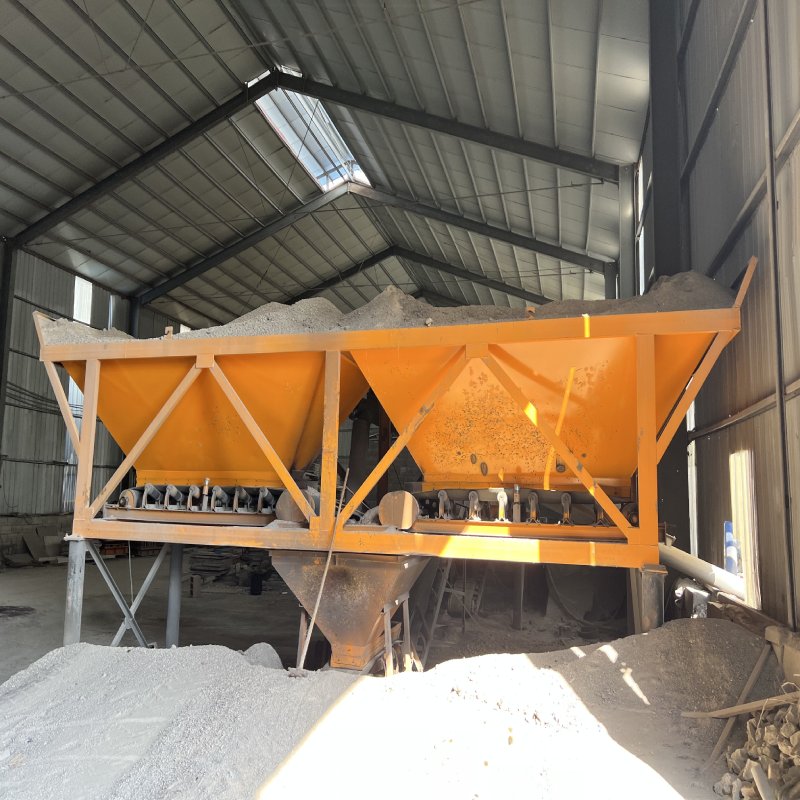
Image source: Aiwei block machine
Introduction
The evolution of brick making machines in Thailand is a journey that mirrors the progress of industrialization and automation. From the dawn of the Industrial Revolution to the present era of advanced technology, brick making machines have played a vital role in shaping Thailand’s construction industry. This article delves into the fascinating history and transformation of brick making machines in Thailand, highlighting their impact on construction practices, economic growth, and sustainability.
1. Industrial Revolution and Early Innovations
Thailand’s construction practices were transformed during the Industrial Revolution.
- Manual Labor: Hand-crafted bricks were labor-intensive and time-consuming to produce.
- Early Innovations: The first mechanized brick making machines emerged in response to growing demand.
2. Mechanization and Efficiency
The mechanization of brick making revolutionized the construction landscape in Thailand.
- Advantages of Mechanization: Increased efficiency, larger production capacity, and uniform quality.
- Role in Urbanization: Mechanized brick production supported the growth of cities and infrastructure.
3. Transition to Automation
As technology advanced, automation became a hallmark of Thailand’s brick making industry.
- Automated Production Lines: Machines automated various steps, reducing human intervention.
- Quality Control: Automation led to consistent and high-quality brick production.
4. Sustainability and Modernization
Modern brick making machines in Thailand align with sustainable construction practices.
- Energy Efficiency: Advanced kiln designs minimize energy consumption and carbon emissions.
- Innovative Materials: Some machines enable the use of eco-friendly and recycled materials.
5. Economic Impact and Job Creation
The adoption of advanced brick making machines has significant economic implications.
- Boosting Local Industry: Mechanized production supports local manufacturing and supply chains.
- Job Creation: Despite automation, skilled operators and maintenance personnel are required.
6. Balancing Tradition and Innovation
While embracing technology, Thailand has also preserved its architectural heritage.
- Cultural Continuity: Modern brick designs often incorporate elements of traditional Thai architecture.
- Skill Preservation: Mechanized brick production upholds traditional craftsmanship skills.
7. Collaborative Partnerships for Progress
Partnerships between government, industry, and educational institutions have driven innovation.
- Research and Development: Collaborations have led to the development of advanced brick making machines.
- Training Programs: Partnerships offer training to ensure a skilled workforce.
8. Technological Advancements and Future Trends
Thailand’s brick making machines continue to evolve with the integration of advanced technologies.
- Digital Integration: AI and IoT technologies are optimizing production management.
- Data-Driven Decision Making: Technology-driven insights are improving resource allocation.
9. Future Prospects: Sustainable Construction and Urban Growth
The future of brick making machines in Thailand is closely tied to sustainable construction.
- Green Building Practices: Modern machines enable the production of eco-friendly and energy-efficient bricks.
- Urban Development: Brick making machines play a vital role in meeting the demands of urban growth.
Conclusion: A Journey of Progress and Innovation
The evolution of brick making machines in Thailand showcases a remarkable journey of progress. From the early days of manual labor to the era of automation and sustainability, these machines have continuously shaped the construction landscape. They are not only tools of construction but enablers of economic growth, innovation, and sustainability. As Thailand strides forward to meet the challenges of urbanization and modernization, the narrative of brick making machines serves as a testament to the power of technology, collaboration, and responsible practices. These machines are not just artifacts of history but architects of Thailand’s construction legacy, forging a path toward a more resilient, sustainable, and prosperous future for generations to come.
